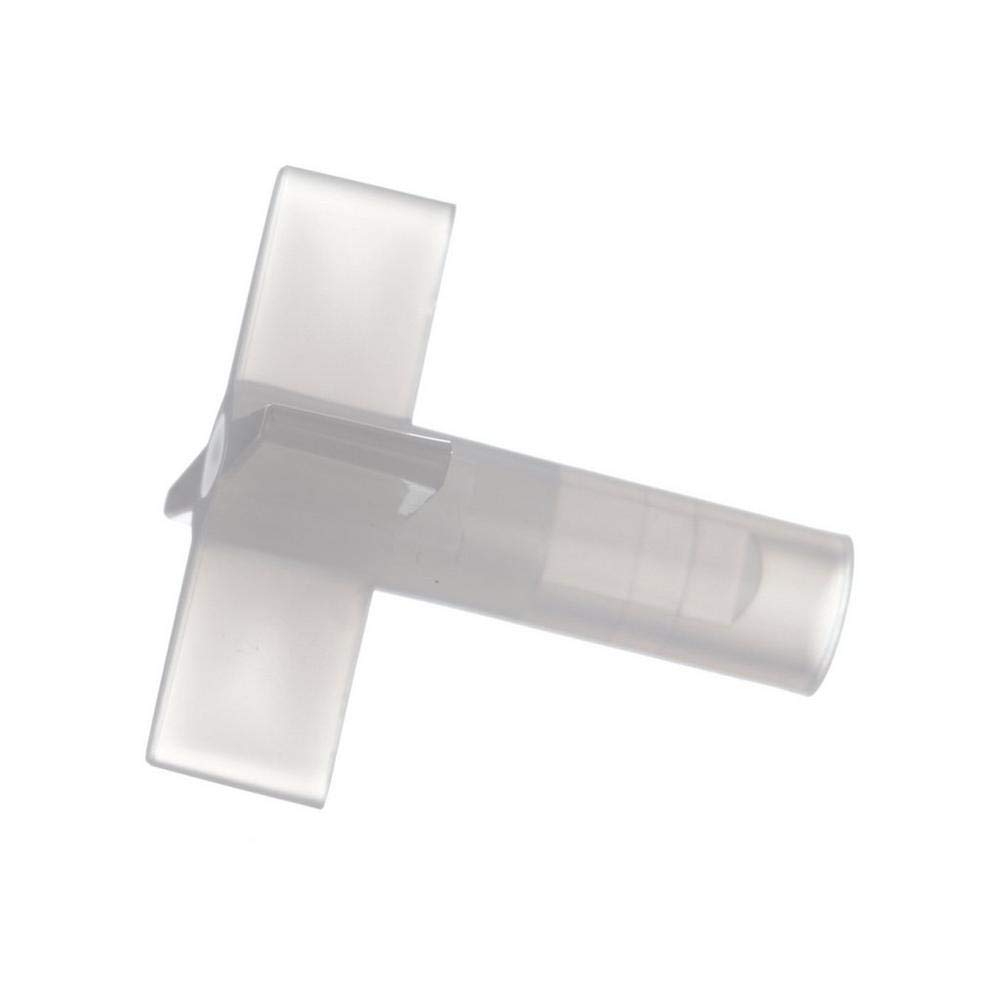

On the basis of these finds, excavators came to the conclusion that fish salting and trading centers of Southern Spain were known to the Greeks as early as the 5th century BC and that a thriving trade took place between this area and Corinth at that time 9. According to the specialists who examined the remains, the products found in the amphorae consisted of fillets cut into 4-6 cm lengths so as to fit through the narrow mouth of the Punic amphorae. Fish bones were primarily attributed to the gilthead sea bream, as well as tunny. The fish remains consisted of packs of scales, while vertebrae and cranial bones were scarce 8. concluded that «wherever the amphoras were made, the nature of the two technologies is indicative that one ware was probably good enough for carrying fish in oil or brine, its quality being very consistent, while the second ware was very porous, suitable for dry contents» 7. The archaeometric analysis by Maniatis et al. Two different types of amphorae seem to indicate two different contents. These amphorae come from Punic centres, known in antiquity for their trade in salted and pickled fish, suggesting that they contained fish, whose remains were found scattered in the building 6. Among the transport jars found in the Punic Amphora Building there is a large quantity of Mañá-Pascual A4 amphorae, suggestive of a considerable level of trade and consumption of their contents in Corinth. n. 134, Athe (.)ĥ The earliest faunal material hitherto found in Greece comes from 5th c. 9 Zimmermann Munn 2003, p. 203, 207-209 suggests Gades as a possible origin.There is no precise information on the exact provenance of these bo (.)


Zooarchaeological evidence of processed fish in the AegeanĤAlthough archaeoichthyological studies from Aegean sites are increasing, the discovery of zooarchaeological remains associated with processed fish from all periods of antiquity is surprisingly low. Literary and other lines of evidence are used, in order to highlight aspects of this important component of the Roman economy and diet in ancient and Roman Greece. A recent archaeoichthyological analysis of two fish assemblages from the Hellenistic-Roman town of Dion in Northern Greece serves as the backbone of this paper, to address questions of procurement, production and trade of salted fish in the Aegean. This paper brings together several types of available evidence of salted fish-industry, trade and consumption of salted fish products in the Greek and Graeco-Roman worlds, with the emphasis on zooarchaeological remains. 3 Questions about the fish-salting industry and trade in fish products can be approached though various lines of evidence, as suggested by Højte: fishing equipment, watchtowers, processing facilities, fish remains, transportation equipment, descriptive sources and pictorial representations 5.


 0 kommentar(er)
0 kommentar(er)
